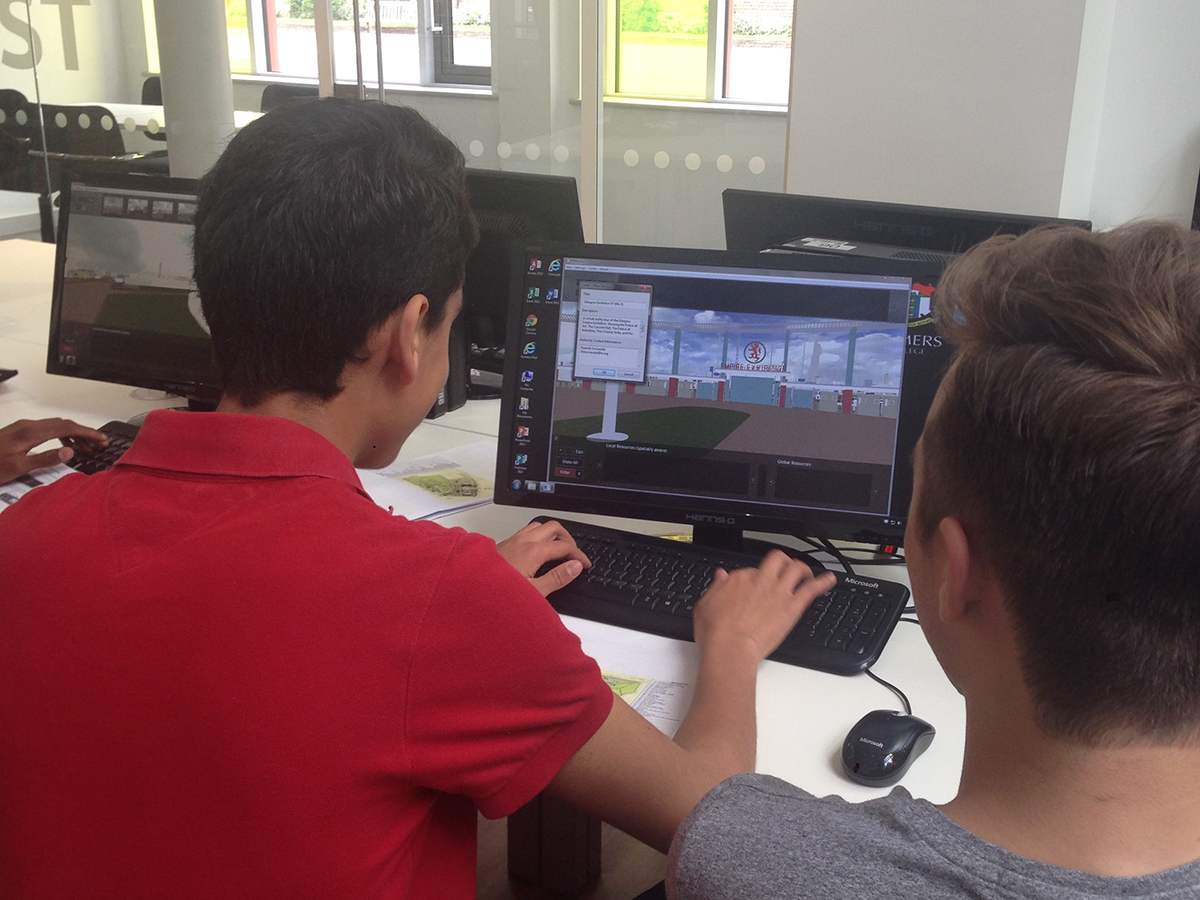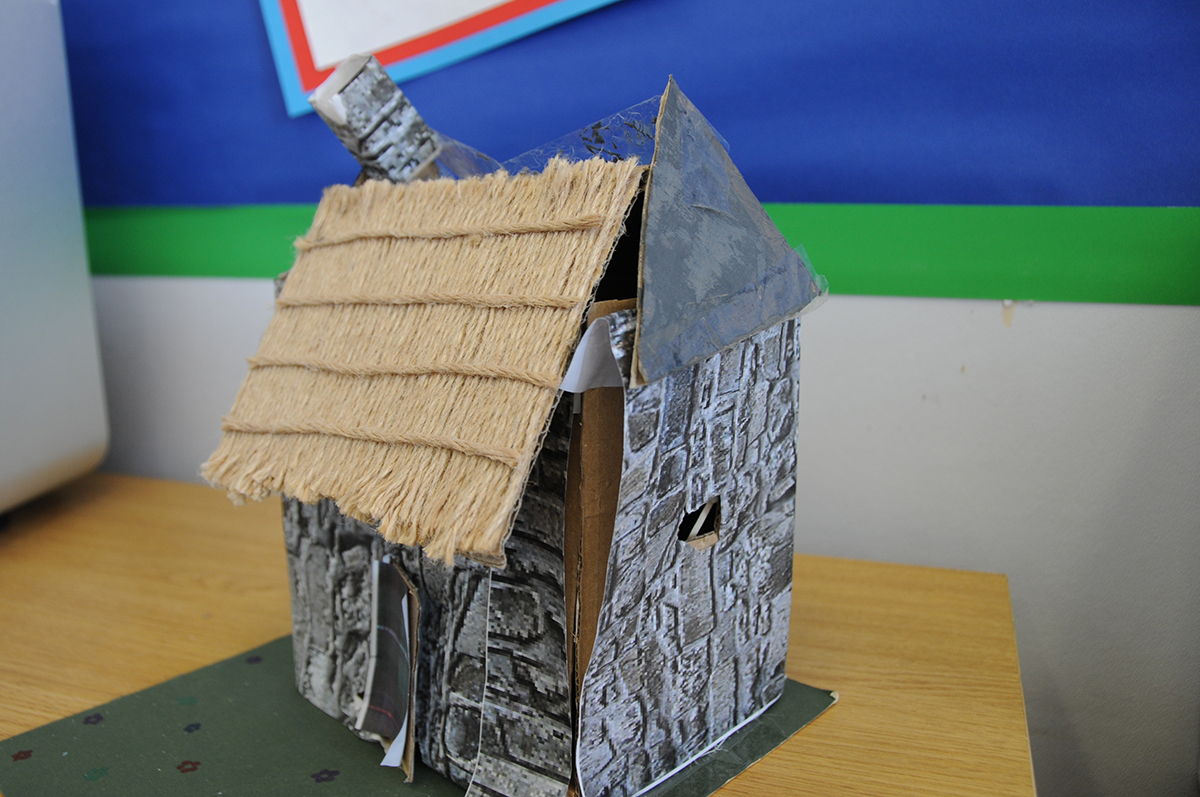Research Engagement through Virtual Immersive Tools for Learning (REVISIT)
The primary aims of this project were to transform the results of The British Empire Exhibition, Glasgow 1938 into innovative learning tools which are specifically targeted to school-age learners in terms of both age and curriculum, to make these learning tools as widely accessible as possible, and to increase our understanding of the impact of immersive learning tools for teachers and learners through a pilot study. This is a brand new group of users who are highly appropriate to share in the genuinely eye-opening and exciting results from previous British Empire Exhibition research. Existing 3D and 2D digital objects were highlighted and explored, specifically targeting relevant curriculum areas (including both history and technology) for classes of students who had the opportunity to not only interactively engage with the learning tools at various pedagogically robust levels, but to also produce and contribute their own creative responses to the learning tools. This learning methodology not only addresses key curriculum areas (e.g. emphasis on technology skills development) but provides (and, crucially, tests) a creative, non-didactic mode of engaging young learners with 3D research data.
Project outputs will be made available via this website including scholarly outputs and downloads of the 3D scene and narratives, please see the menu links for more.

Poster showing engagement with the British Empire Exhibition, 1938

Children navigating the 3D scene showing the Empire Exhibition, 1938
Project activities built on ongoing collaboration with a selection of schools and teachers in order to define the areas of most relevance and educational need. The project outputs are intended to not only fulfil a defined need in education (that is, the creation of 3D immersive learning environments that meaningfully and appropriately engage young learners) but to inspire further learning activities in creative response to the research findings being communicated.
REVISIT Learning has a number of major outcomes, with strong implications for pedagogy, cultural interpretation, and creative engagement. The learning tools not only extended the value and learning opportunities of the original AHRC-funded research to a brand new audience, they did so in a way that is directly relevant to the schools. The 3D immersive tools provide teachers and learners with ongoing, free, public access to these learning opportunities - and, importantly, the tools will be editable so can easily be adapted to satisfy the learning outcomes of different age groups and subjects. Adding creative learning activities also allows educators to themselves have a much more creative approach, offering opportunities for school-wide project-based learning and collaboration between different classes of students. The free provision of learning tools through an open, editable delivery system encourages a wide range of continuing uses and will help to embed the use of innovative 3D data-facilitated learning into educational policy and practice, and will also create impact for learners outside the school system.

Children constructed their own physical models of buildings from the Empire Exhibition 3D scene

Using data about the Exhibition in maths activities